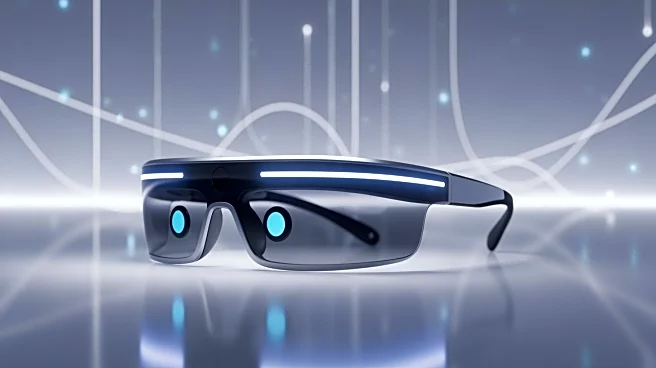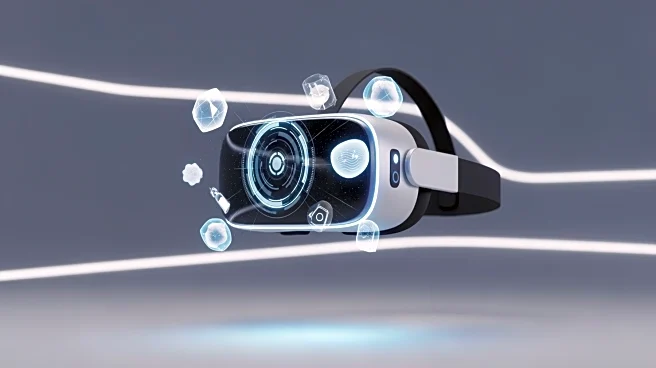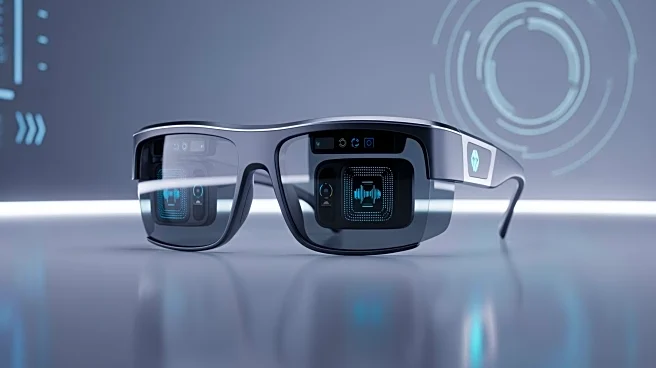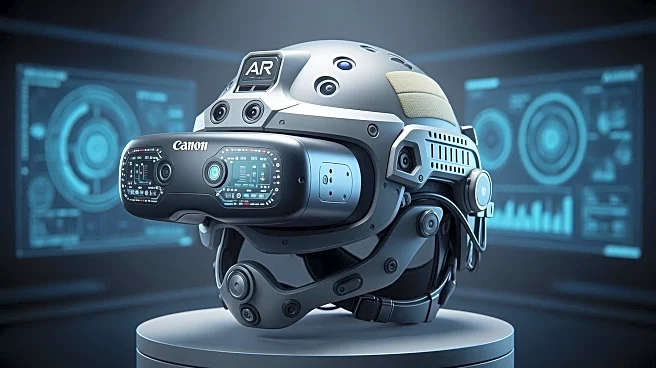What's Happening?
In 2025, significant advancements in augmented reality (AR) are poised to reshape how individuals interact with technology in their work environments. Key developments include updates to Apple's Vision
Pro hardware and software, which are expected to enhance mixed reality experiences. Niantic's Peridot has evolved from a simple virtual pet to a practical AR companion, offering utility features for tours and local discovery. Additionally, the AR industry is experiencing a shift in talent due to layoffs, concentrating expertise into fewer startups and enterprise projects. This consolidation is anticipated to accelerate the development of enterprise tools and consumer applications. Furthermore, AR is increasingly being integrated into industrial workflows, moving beyond marketing demos to deliver measurable productivity gains. Despite these advancements, Meta's consumer AR glasses face delays, pushing immediate opportunities towards Apple and enterprise AR solutions.
Why It's Important?
The advancements in AR technology have the potential to significantly impact various sectors, including enterprise, consumer technology, and industrial applications. For developers, the convergence of talent and tools on specific platforms could dictate where innovation occurs most rapidly. For businesses, the integration of AR into workflows promises to enhance productivity and efficiency, offering a tangible return on investment. The delay in Meta's consumer AR glasses suggests that companies like Apple may dominate the AR market in the near term, influencing which platforms developers and businesses choose to invest in. As AR technology becomes more embedded in everyday tasks, it could redefine user experiences and expectations across industries.
What's Next?
As AR technology continues to evolve, stakeholders in the tech industry will likely focus on developing applications that offer practical benefits and enhance productivity. Enterprises may prioritize AR pilots that demonstrate measurable time savings and efficiency improvements. Developers are expected to align with platforms that show rapid convergence of talent and tools, potentially shaping the next wave of mainstream AR adoption. The ongoing investment in AI and startup activity is anticipated to further accelerate the development of smarter AR features, impacting both enterprise dashboards and consumer applications.











